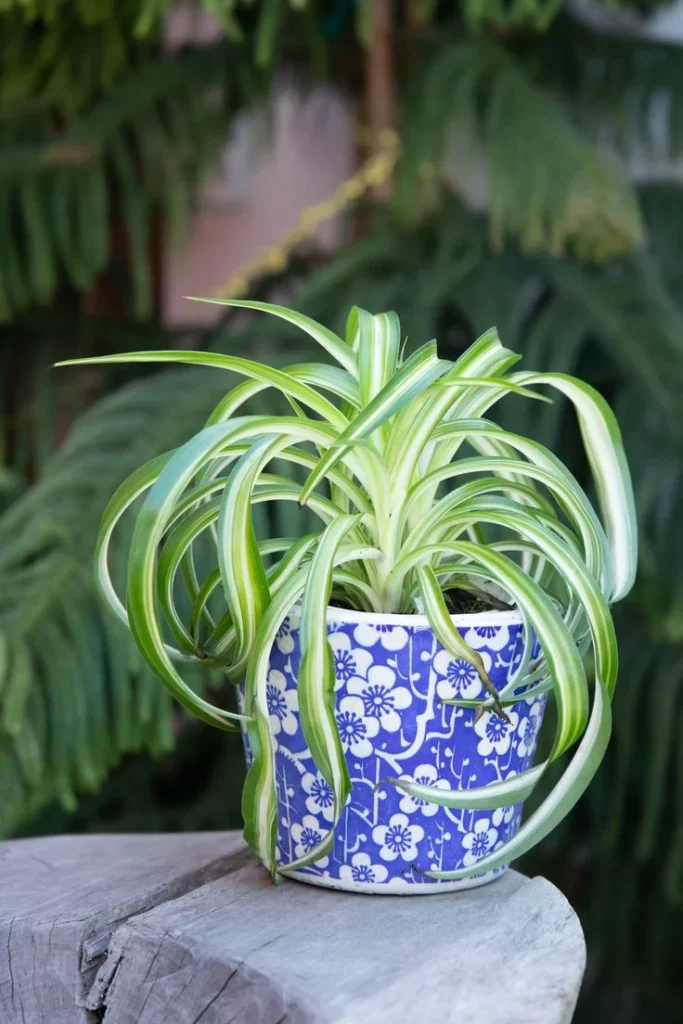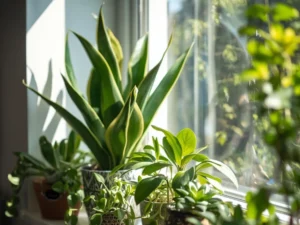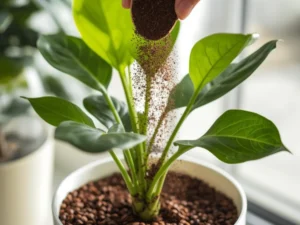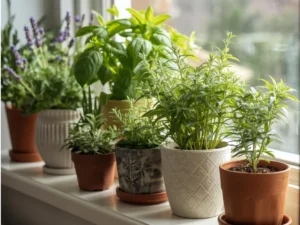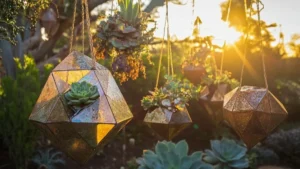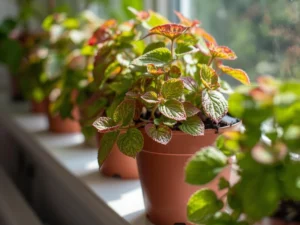Spider plants (Chlorophytum comosum) are one of the most popular houseplants worldwide, thanks to their resilience, air-purifying qualities, and ease of propagation. However, a common question among plant enthusiasts is, “Do spider plants like direct sunlight?” Understanding their light preferences is essential for keeping these plants healthy and vibrant.
In this guide, we’ll explore how spider plants respond to sunlight, the best lighting conditions, common problems caused by incorrect lighting, and tips for optimal indoor care. By the end, you’ll know exactly how to give your spider plant the light it needs to thrive.
How Spider Plants React to Direct Sunlight
Spider plants do not thrive in harsh, direct sunlight. While they are resilient, placing them under intense direct sunlight can lead to leaf burn, causing brown tips and yellowing. Direct sunlight often stresses the plant, especially in hotter climates or during summer months.
Conversely, spider plants flourish in bright, indirect sunlight. This type of lighting ensures they receive enough energy for photosynthesis without the risk of scorching their delicate leaves. Therefore, the optimal placement is near a window with filtered light, such as an east-facing or north-facing window.
Signs Your Spider Plant Gets Too Much Sunlight
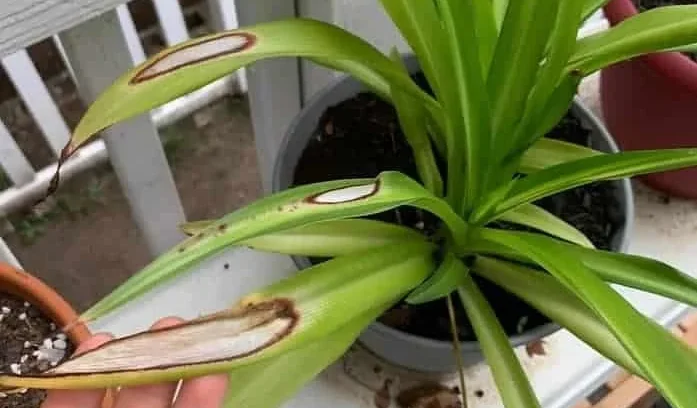
It is essential to recognize when your spider plant is receiving excessive direct sunlight. Some common indicators include:
- Brown Leaf Tips: One of the first signs of sunburn.
- Faded or Bleached Leaves: Leaves lose their vibrant green color.
- Wilting: Prolonged exposure to harsh light can dry out the plant.
If you notice these signs, relocate the plant to a spot with bright, indirect light and ensure the soil remains slightly moist.
Best Lighting Conditions: Do Spider Plants Prefer Indirect or Direct Sunlight?
When considering do spider plants like direct sunlight, it is clear that these resilient houseplants thrive best under bright, indirect light rather than harsh direct sunlight. Indirect sunlight provides enough energy for photosynthesis while preventing leaf burn, brown tips, and stress that can occur with intense sun exposure.
Placing your spider plant near an east-facing or north-facing window allows it to enjoy filtered light throughout the day. Additionally, if natural light is limited, spider plants can adapt to fluorescent or LED grow lights, which can replicate the benefits of natural indirect sunlight.
Seasonal adjustments are also important: during winter, your spider plant may need more light due to shorter daylight hours, so consider moving it closer to a light source or rotating it regularly to ensure even growth. By providing the right lighting conditions, you support healthy foliage, strong root systems, and the overall vibrancy of your spider plant.
Indirect Sunlight: Why Spider Plants Thrive Without Direct Sun
Indirect sunlight is ideal. Place the plant near a bright window but behind a curtain or sheer drape. This provides the plant with ample light without risking leaf burn.
Artificial Light for Spider Plants That Don’t Get Enough Sun
If natural light is limited, spider plants can adapt to fluorescent or LED grow lights. Use lights for 12–14 hours per day to mimic natural daylight. This is especially helpful in apartments or rooms without windows.
Seasonal Adjustments
Spider plants may need more indirect sunlight during winter months due to reduced natural light. Rotate the plant occasionally to ensure even growth and prevent leaning toward the light source.
Common Problems Caused by Incorrect Lighting

Improper lighting can significantly affect the health of your spider plant, raising the question: do spider plants like direct sunlight? When spider plants do not receive the right amount of light, several problems can arise.
Slow growth is one of the most common issues, as insufficient light reduces photosynthesis, limiting the plant’s energy for new leaves and healthy roots. Similarly, if you enjoy growing indoor plants, you might want to learn more about proper lighting and care by checking out this guide on growing Aloe Vera indoors.
Additionally, spider plants may exhibit leaf curling, where the leaves bend upward or downward as a natural stress response to inadequate or excessive light. Another frequent concern is fungal issues; low light combined with overwatering creates a damp environment that encourages root rot and fungal infections.
By providing bright, indirect sunlight and adjusting your plant’s location according to seasonal light changes, you can prevent these problems and maintain a vibrant, healthy spider plant that thrives indoors.
Tips to Protect Spider Plants from Direct Sunlight
Even when sunlight is indirect, it’s important to protect your spider plant:
Use Sheer Curtains: Filter sunlight coming through windows.
Rotate Regularly: Turn the plant every few weeks to ensure balanced light exposure.
Monitor Leaf Color: Bright green leaves indicate healthy lighting, while pale leaves suggest too much shade.
Avoid Window Sills in Summer: South-facing windows can produce intense heat that harms the plant.
FAQs
Can Spider Plants Survive in Low Light?
Yes, spider plants are adaptable and can tolerate low-light conditions, but their growth may slow. For best results, provide them with bright, indirect sunlight whenever possible.
How Many Hours of Light Do Spider Plants Need?
Spider plants generally need 12–14 hours of indirect light daily for optimal growth. If natural light is insufficient, supplement with grow lights.
Will Direct Sunlight Kill a Spider Plant?
Direct sunlight won’t immediately kill a spider plant, but prolonged exposure can damage the leaves, causing brown tips, yellowing, and stress. Always aim for filtered or indirect sunlight.
Can Spider Plants Be Placed Outdoors?
Yes, spider plants can be placed outdoors in shaded areas with indirect sunlight. Avoid exposing them to midday sun, especially during summer, as it can burn the leaves.
Conclusion
Understanding whether spider plants like direct sunlight is essential for maintaining a healthy indoor garden. These resilient plants thrive best in bright, indirect light, while too much direct sunlight can cause leaf burn and stress.
Similarly, proper light and repotting techniques matter for other houseplants too — you can learn more in this helpful guide on how to replant an Aloe Vera plant. By monitoring your plant’s leaves, adjusting light exposure, and following the tips above, you can enjoy lush, vibrant foliage for years.
For more expert guidance on indoor plant care and lighting tips, you can check out The Spruce’s houseplant lighting guide, which offers detailed advice for keeping indoor plants healthy and thriving.

